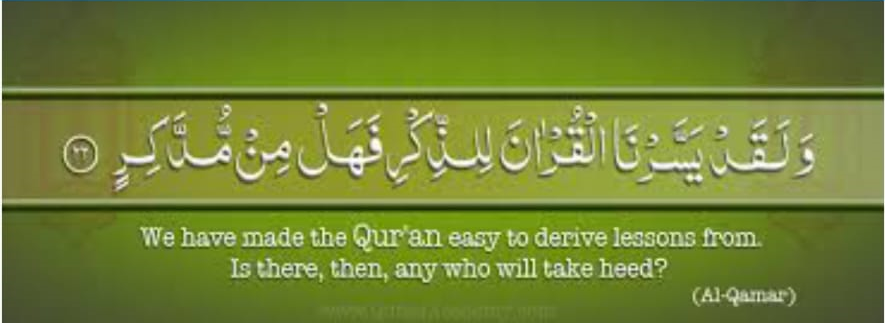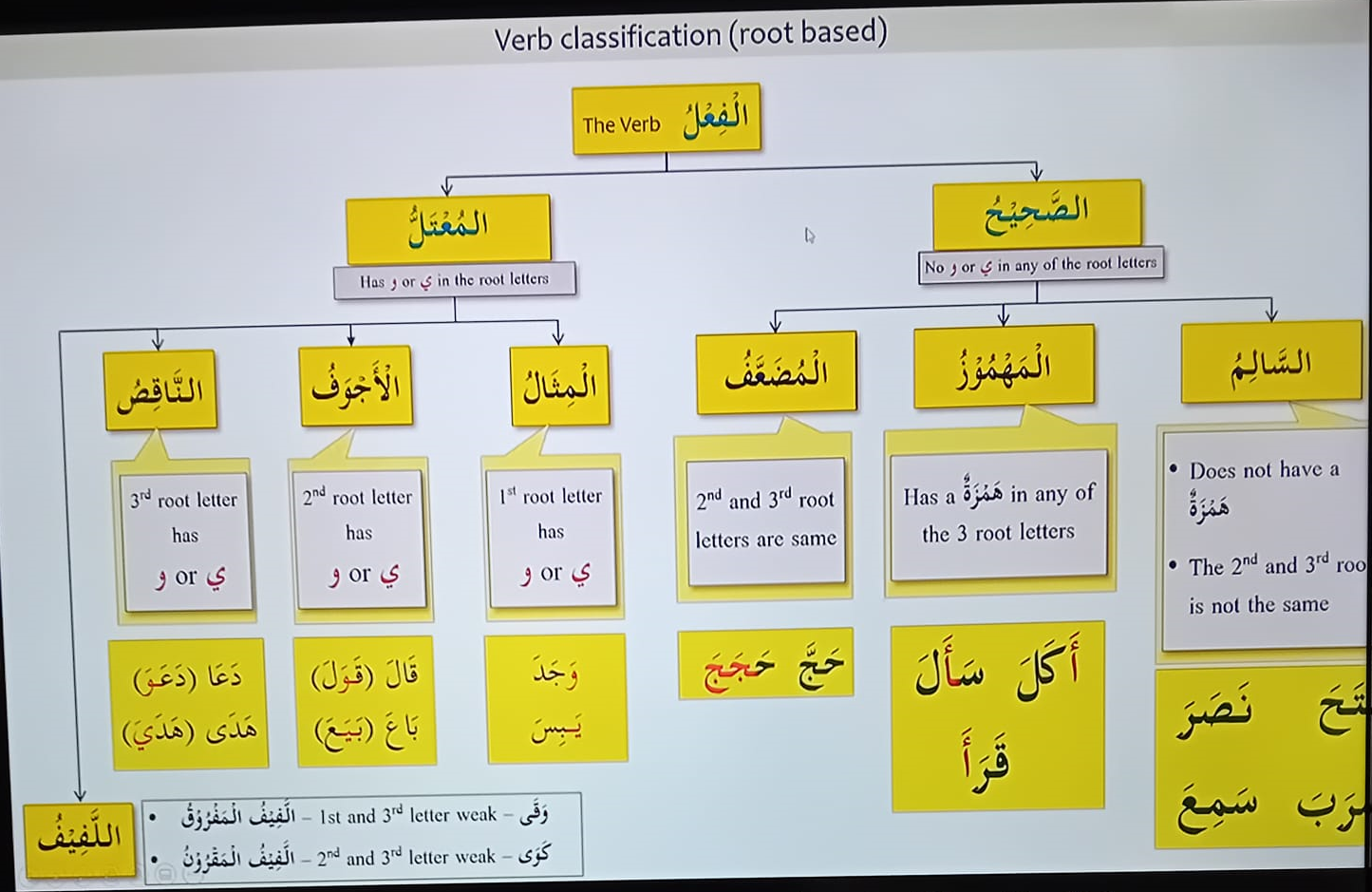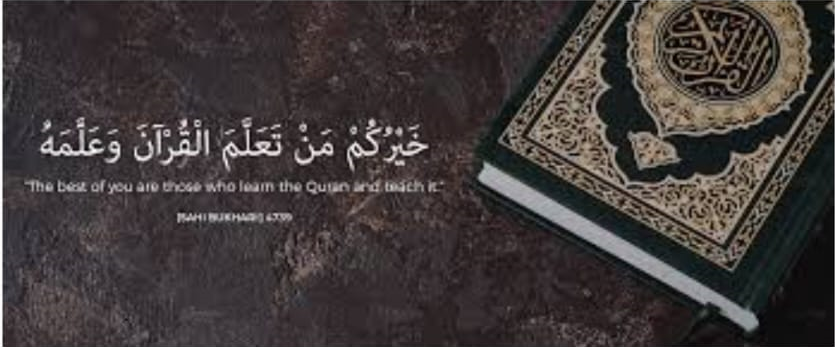Allah said,

وَلَقَدْ يَسَّرْنَا ٱلْقُرْءَانَ لِلذِّكْرِ فَهَلْ مِن مُّدَّكِرٍ
اور ہم نے قرآن کو سمجھنے کے لئے آسان کردیا ہے تو کوئی ہے کہ سوچے سمجھے؟
And We have indeed made the Quran easy to understand and remember: then is there any that will receive admonition?
In the Quran, there are approximately 78,000 words, which are categorized into three types:
- Ism (Noun and Pronoun) . Ism have 2 kind. (A) Jamid (B) Mashtaq (Drived Noun from root)
- Fail (Verb)
- and Harf
Here, we are focusing on the second type, which is Fail (Verb).

Most of these words are constructed or derived from three root letters: FA, AIN, and LAM. While very few of them have four or five root letters, the majority consist of three root letters. These are known as Thalasi Mujarad. Thalasi Mujarad encompasses six patterns based on these root letters' movements (Zair, Zabar, and Paish), which are named Nasara, Fataha, Daraba, Samia, Hasiba, and Karoma.
Extensions to these patterns are known as Talathi Mujarad Mazeed Feehi, which we'll refer to as Aslma, Allama, Jahada, Tallama, Tasaala, Iqtaraba, Inqalaba, and Istaghfara for easier recall.
Given that from these three root letters, we can derive 14 times 14 (14 X 14 = 196) words, it means that if we understand the meaning of one combination of root letters, we can comprehend the meaning of 196 or more words from the Quran. This is incredibly appealing, especially considering that these words occur multiple times in the Quran. Additionally, it's fascinating to note that these root words amount to less than 1,500. Such depth and efficiency in language usage truly underscore the magnificence of the Quranic text.
For feedback and inquiries, contact Khalid Suhail via WhatsApp at 1-416-454-4845. Jazak Allah
